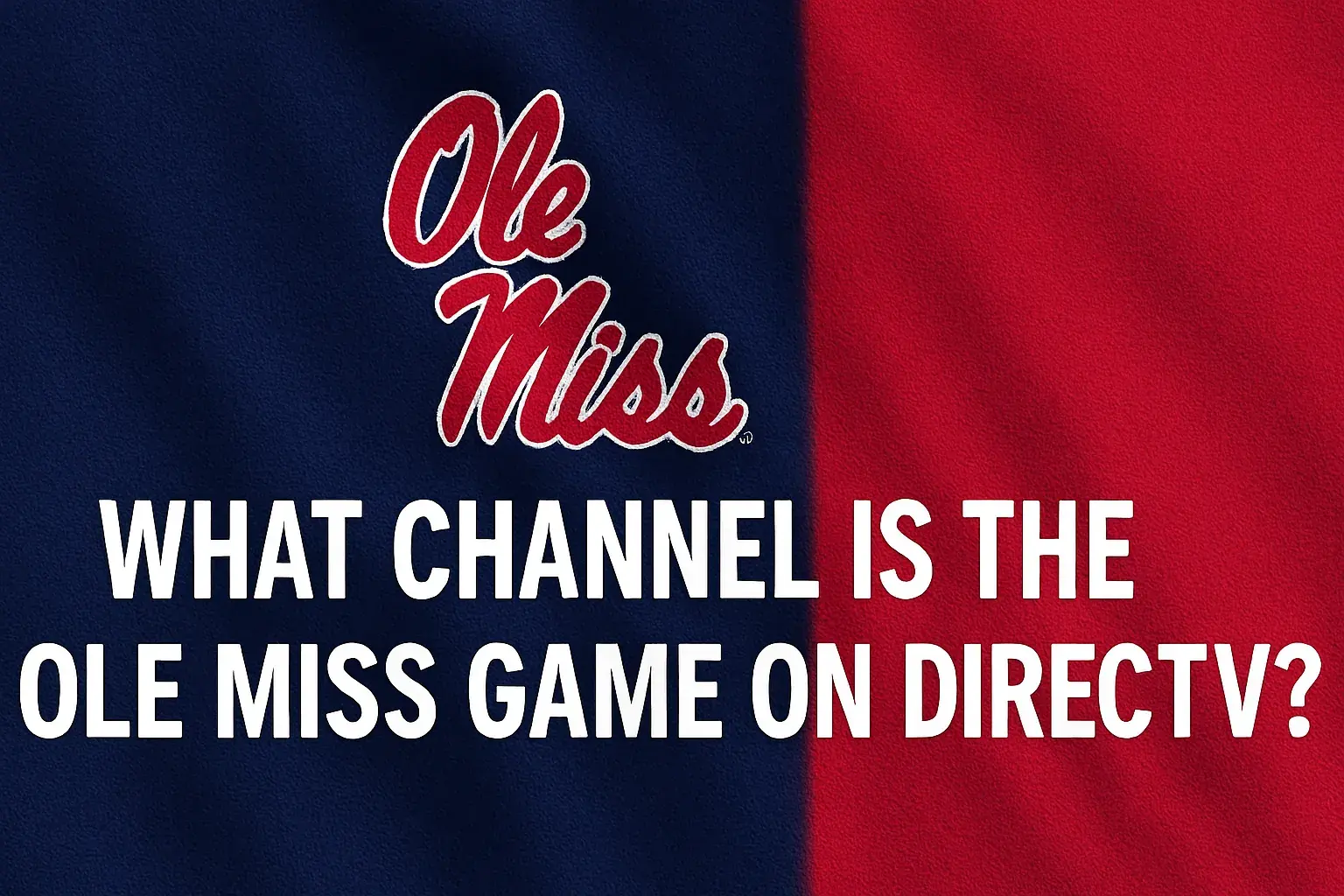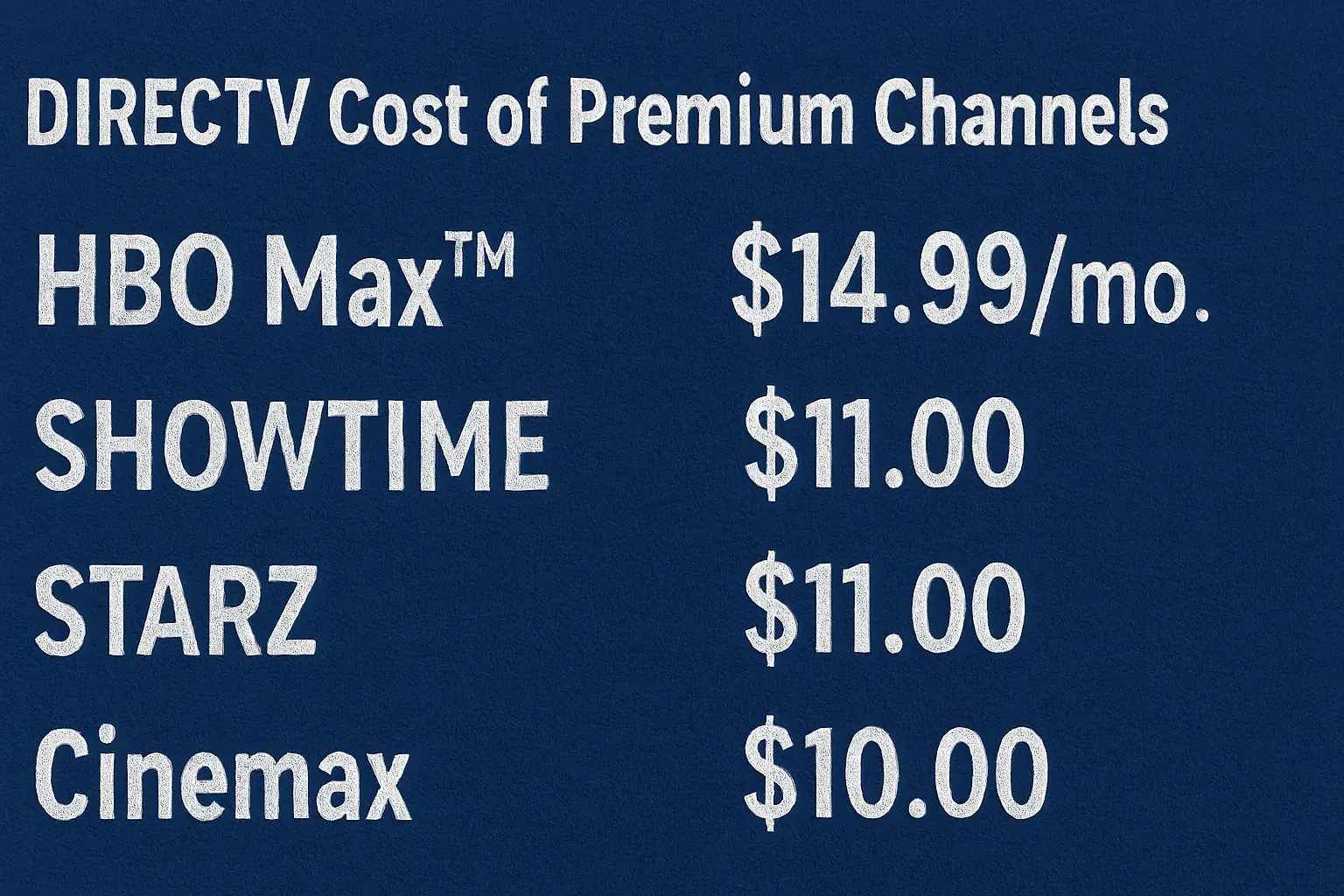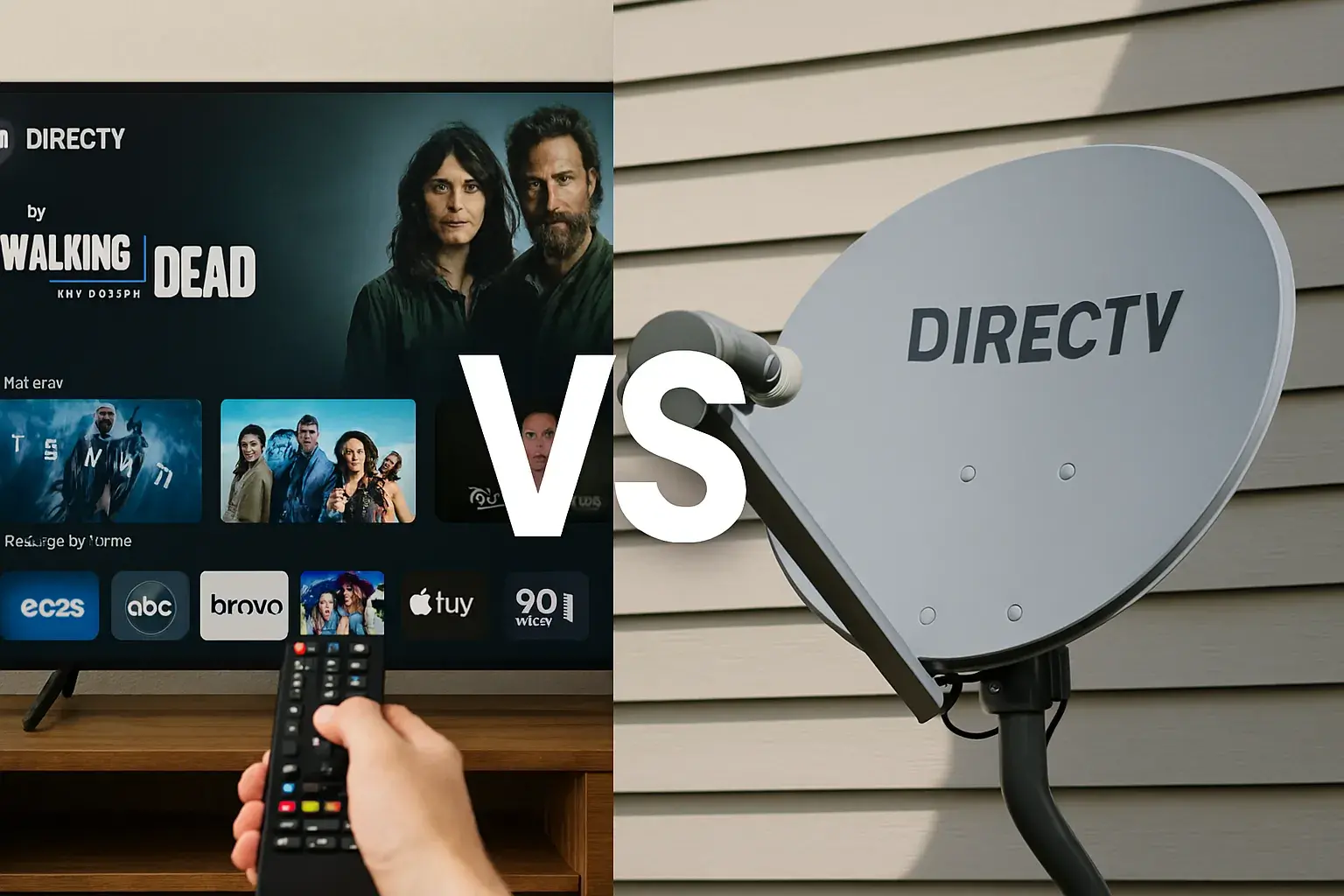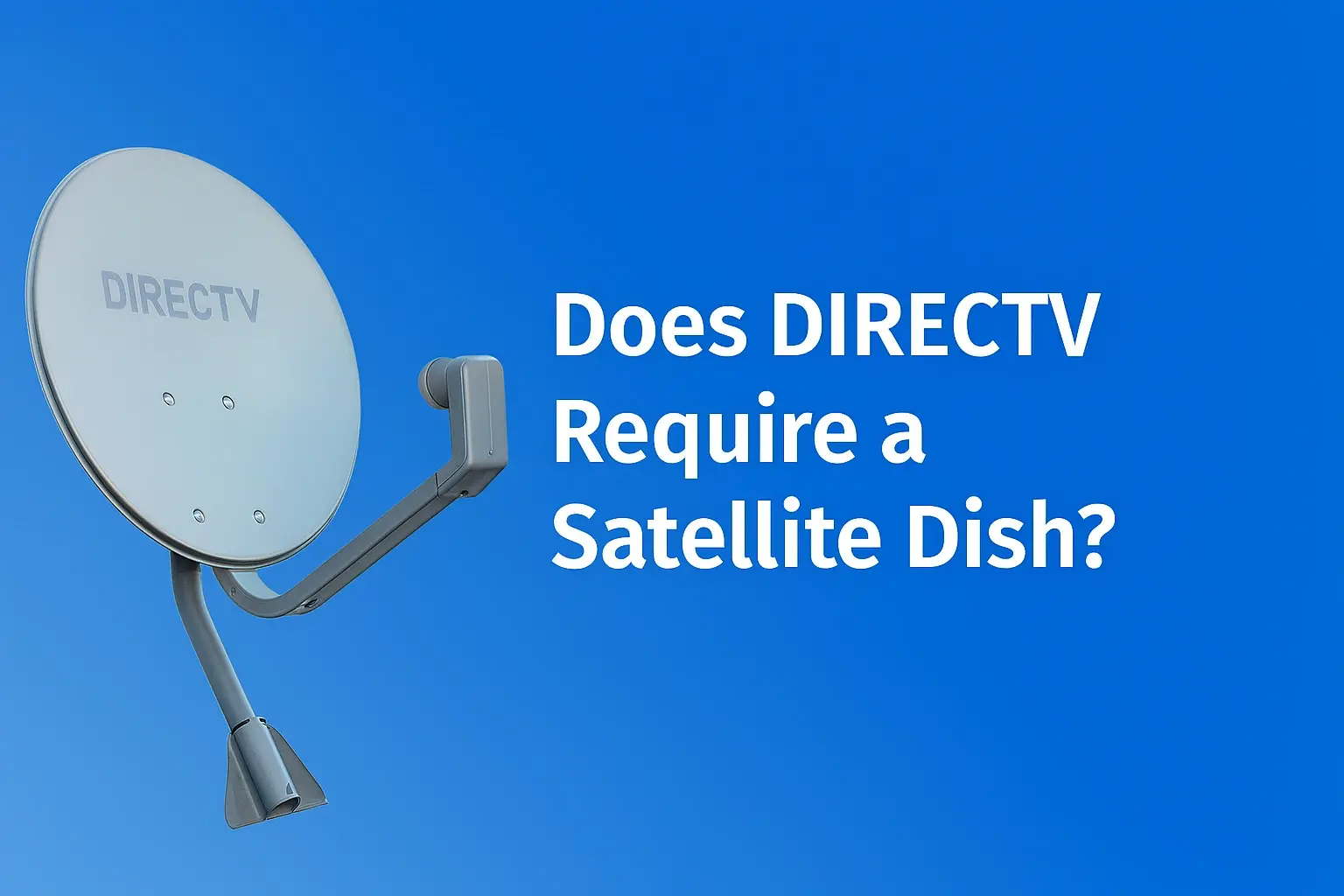-
Posted on: 15 Jul 2024

-
As we look at the results, it is clear to see why DIRECTV is losing customers.
DIRECTV is a big satellite TV Service Provider company in the United States of America, and the company has been facing some tough times in the recent past to hold its customer base. Specifically, the company has experienced a large number of customer defections, namely from over 21 million users in 2015 down to approximately 15 million customers in 2022. There are several key reasons why DIRECTV is bleeding customers:
The threat of new entrants in the market in the form of streaming services.
On-demand streaming TV services like Netflix, Hulu, Amazon Prime Video, Disney+, and many others have increased the options that are available to consumers regarding TV and video entertainment. Increasing numbers of consumers are canceling their costly subscriptions to pay-TV services to shift to cheaper and more convenient Internet-based video services. They stated that this cord-cutting trend is affecting traditional providers such as DIRECTV. While DIRECTV attempted to stem the tide with the provisions of streaming, lower costs and ease of access to internet television continue to pull consumers away.
High monthly usage tariff and connection fees
As a satellite service provider, it is easy for customers to be overwhelmed by the price of their TV packages, extra fees, equipment rental, and other charges. The monthly average of the DIRECTV bill was estimated to be about $ 150. While basic streaming subscriptions cost $5-15 monthly, charges requirements for DIRECTV are problematic to most consumers. The long-term contracts and early termination fees complicate the ability of the consumer to address this problem if their financial means have changed. Thus, when people seek to cut down costs, the high and unclear bills from DIRECTV stand as easy targets.
Poor Customer Service Reputation
Specifically, the aspects, that have long been a problem for DIRECTV, are customer service at the time of billing and technical support, as well as retention incentives for the customers. For instance, customers have voiced their concern about being bound to directives contracts especially when they have relocated to an area where satellite service is not offered by DIRECTV. Customers complain on social media or convey their grievances to other people, who avoid using the product or service. These negative word-of-mouth criticisms discourage some individuals from giving DIRECTV a shot. One potential avenue for loss is the ability of this loss channel to reduce customer satisfaction, thereby possibly being offset through an enhancement of customer satisfaction.
Satellite and Cable Television Technical Constraints
Satellite TV is in contrast to cable or fiber optic TV service delivery where service is channeled through cables or optical fibers and provided to homes through installed cables or fibers respectively, satellite TV requires direct reception of signals that are bounced from space satellites to home dishes. Interference from buildings, trees, storms, and other factors affect the quality and availability of the signal or can even cause total disruption. This can be discouraging to the customers. Satellite technology also works to the disadvantage of DIRECTV in terms of influencing the competition in some features. For instance, satellite internet’s speeds tend to be significantly lower than cable internet. These technical factors give satellite TV less desirability for certain users.
Where There Was a Miss to Communicate with Younger Audiences
There is a generation that has never had a fixed telephone line at home or never had a wired telephone connection. These are young consumers who relocate on their own and still do not bother to subscribe to traditional pay-TV services but turn to online streaming services only. DIRECTV, being a satellite service with limited streaming options, expensive, and whose customer base is older, has failed to entice these younger viewers. This key demographic is missed when DIRECTV does not target them; hence, it loses future lifetime customers to the streaming rivals.
Oligopolistic competition in the provision of local channels
Satellite TV uses a few satellites with limited capacities in the distribution of local broadcast stations. Local channels also pose a problem to DIRECTV since they are often involved in contractual disagreements over payment rates for carriage. In some markets, when the negotiations fail, the provider such as DIRECTV is denied the broadcast rights to local channels. This becomes a major issue for many customers since they still need to be able to get the local news, sports, and air network TV programs over the air. Customers leave in droves the markets which are affected by the measures. This will on and on creating subscriber losses until DIRECTV has increased satellite capacity for the provision of Local Broadcasters' capacity and relations.
This is because they have restrictive contracts and autopay policies that tie customers into automatic subscriptions without their consent or knowledge of the charges.
To help offset high customer acquisition costs, most of the new subscribers of DIRECTV are bound to sign up to a 24-month commitment contract with penalties of early termination fees that may go up to $10 for every month remaining on the contract. This cements the customers into a particular price range. A few feel trapped when promotions cease and repeated high prices occur. DIRECTV’s billing arrangements also sign most of its customers to autopay systems that make it harder to track billing issues or scam fees. These rigid terms and policies are no longer suited to the modern world and erode customers’ trust in the brand.
Hearing the customer’s voice, many companies in the current world put more emphasis on returning the investor’s investment than the customers’ experience.
Some detractors also alleged that other AT&T officials managing the DIRECTV parent company have been more interested in squeezing the last dollar out of existing DIRECTV consumers by failing to re-invest in the unit to cater to current market demands. Some of the strategies used in the past to increase margins in the short run include frequent increases in the rates and the introduction of new fees have been the key reasons customers are running to cheaper providers. Billions were invested to satisfy shareholders by going for stock repurchases, while that capital could have been used to boost DIRECTV streaming capabilities, enhance customer satisfaction, or retain customers in some way. Decreased innovation, dissatisfaction concerning billing processes, and consequently, the cancellation of accounts.
In conclusion, the problem affecting DIRECTV organization is that the market is experiencing a decline in the number of people willing to subscribe to costly contract-based satellite TV services as there is a growth in the availability of low-cost streaming services. Customer service issues, together with policy problems, tend to tarnish the company's image over some time. New media and shifting in television viewing habits, the shift in consumer behavior among the young, the technical barrier associated with satellite delivery, and a shift in corporate culture from customer focus to stockholder gains are other pressures that have pressed hard on these markets. Together, these forces describe why DIRECTV is losing its customers and will experience more and more difficulties in the future regarding subscriber retaining. Some key issues that Derficki has identified as critical in reversing the trend of decline at DIRECTV include the need to revise its business model, branding strategy, and long-term investment plans.
Transform your viewing experience with DirecTV! Call us today at +1 855-213-2250 to explore our plans and find the perfect package for you. Our experts are ready to assist you and get you set up with top-notch entertainment. Don’t wait—contact us now!





